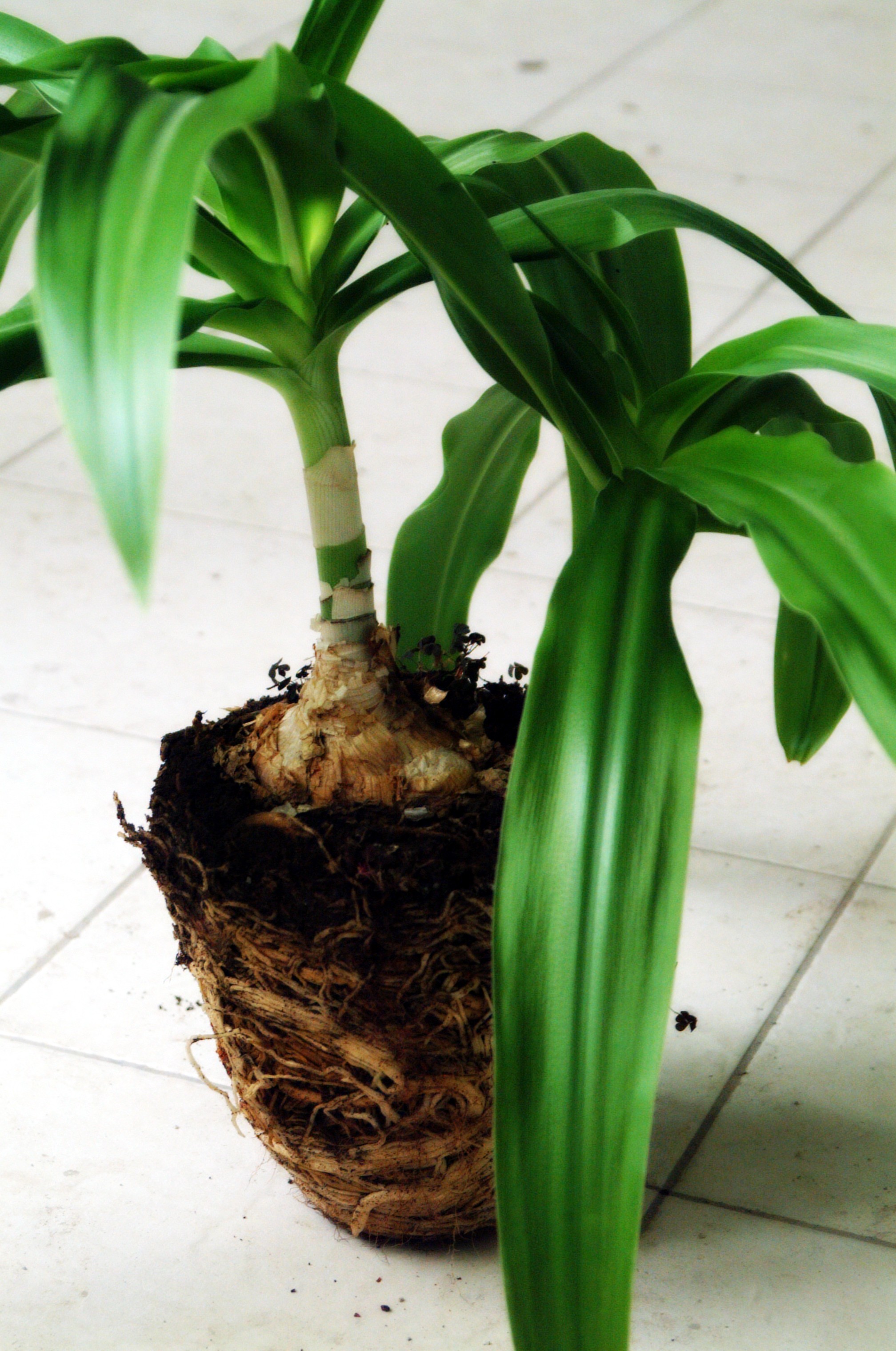
Preparing your plants for a transplant
Just as we outgrow our clothes, so too do plants outgrow their pots. When this happens, it’s important that the plant be properly transplanted in order to allow it to continue growing. Keeping it cooped up in a small pot will only stunt its growth and your plant won’t flourish nearly as much as it should.
When the time comes to transplant, you need to make sure that the plant is in its dormancy phase. This is when they do not have any buds or flowers. Once the flowering phase is over, it’s safe to move the plant but you must always be careful and take the time to do it right. Rushing through the process won’t do anyone any favours. In many cases, most plants are dormant during the colder months which means that a transplant is ideal during the early part of the spring season. The weather is warming up but the plant has not fully awakened from its slumber so the move won’t be too traumatic. Transplanting in summer, on the other hand, is not ideal. This is when your plant will be at its most active and using all that energy to produce flowers and new branches. If you move it during this time, it won’t have enough energy to get its roots accustomed to the new soil which means that it could wilt and die.
Prepare the new pot before removing the plant from its current home. If you are transplanting from a pot to your garden, you should dig the hole in the morning and make sure that the transplant is performed before the sun reaches this part of the garden. This is because the sun can dry out the soil and, when you place the plant in its new home, it won’t have as much of a welcoming environment. Dried out soil is lacking in nutrients and this can have a devastating effect on the roots and the plant in general.
Feel free to add some fertilizer to the new potting soil or area of your garden where you will be planting. Just remember to choose the correct fertilizer for that plant and use as directed. Mix the fertilizer with the soil because direct contact with the roots can be harmful. Don’t forget to water the soil and keep a close eye on your plant for a few days or weeks. If the new soil is dry, make sure that you add a moderate amount of water before you move the plant to its new home.
